
DIY: Long Bow or Short Straw?
Sometimes the only way to learn something new is by giving it a crack. The Hilltop Hoods mix all their regular albums, so why not tackle an orchestral one?
An entire class of Silicon Valley ‘unicorns’ exist to try and solve the Hilltop Hoods’ problem. Namely, cutting down the mountain of progress-tracking emails that plagues every project team’s inbox. Somehow I don’t think taking on the task of personally answering every email concern is high on their list of solutions, yet it’s effectively the role DJ Debris chose to occupy on their latest album Drinking from the Sun/Walking Under Stars: Restrung.
This is the second time the hip hop group has ‘restrung’ existing material with an infusion of orchestral arrangements. Their virgin effort was mixed by Chris Thompson, their own live engineer and ABC live recording legend, who’s recorded and mixed WASO and other symphony orchestras around Australia. The three Hoods — Debris, and MCs Suffa and Pressure — backseat drove the process with hundreds of dot pointed emails listing minute changes. This time, they thought it might be easier to mix it themselves.
The Hilltop Hoods are no strangers to DIY, in fact, they seek it out. They started their own record label, Golden Era, with the intention of releasing their own material while opening up that same support infrastructure to some talented friends as a side bonus. However, some of those friends didn’t have management, and they were still training up an operations manager. The downside of that particular DIY effort was loads of paperwork and a desk job they’d always been trying to avoid.
They’ve never let the ugly side of DIY keep them down though. Golden Era soon got on its feet and let the Hoods get back to music with some A&R on the side. Likewise, Debris has mixed most of the group’s regular output since day one and has always embraced the opportunity to learn something new. Last time we talked to Debris (Issue 88) he’d just finished their sixth album, Drinking from the Sun. It was the first time he’d recorded and mixed a string quartet, but with some friendly advice and hired mics, he simply got on with it.



INDIVIDUAL APPROACH
Debris hasn’t quite made the leap from recording a string quartet to a full orchestra, but he did have a few ideas for how it should be done after the first ‘restrung’ album. “We got Neville Clark, our mastering engineer, to record it,” said Debris. “Last time we recorded everything in sections. This time we spot miked everything, so we had 40 stems of orchestra. It gave us more ability to remove something and not have spill affect the mix. Last time, if someone was out of tune or we didn’t like that part of the arrangement, you could clearly hear them in the background.”
Clarke also had a Decca Tree in place [see sidebar] but it was only used on the two singles. Both were written late in the process and only featured string sections. “We chopped and changed the arrangement for those after the fact,” said Debris. “We took a bit of a hip hop approach to it, treating them like samples at times and chopping parts to make them fit the beat.”
Adelaide Symphony Orchestra were contracted again, as was local composer and arranger Jamie Messenger. “It’s a hometown pride thing,” said Debris, “and obviously the most logistically sensible option. We had a great experience with them last time. Their facility, Grainger Studio, is a surprisingly nice acoustic space, considering it’s on Hindley Street. Imagine a studio in the middle of Kings Cross, and you get the idea; it’s amazing the sound doesn’t come in. Neville Clark has a great relationship with the orchestra, as does Jamie, so it was a natural synergy for us to work with them again.”
For the tour though, the Hilltop Hoods are engaging the major symphony orchestras from each city. “I can’t imagine what the flights would cost if we toured with the ASO,” mused Debris. “Considering their cellos and basses take up a seat as well. We used to tour with a quartet years ago, and the amount of times you’d hear over the intercom, ‘Paging Mr Cello, could you please put your hand up if you’re onboard.’ They haven’t got a scan of the ticket coming onboard and can’t figure out whether to take the luggage off for Mr Cello!”
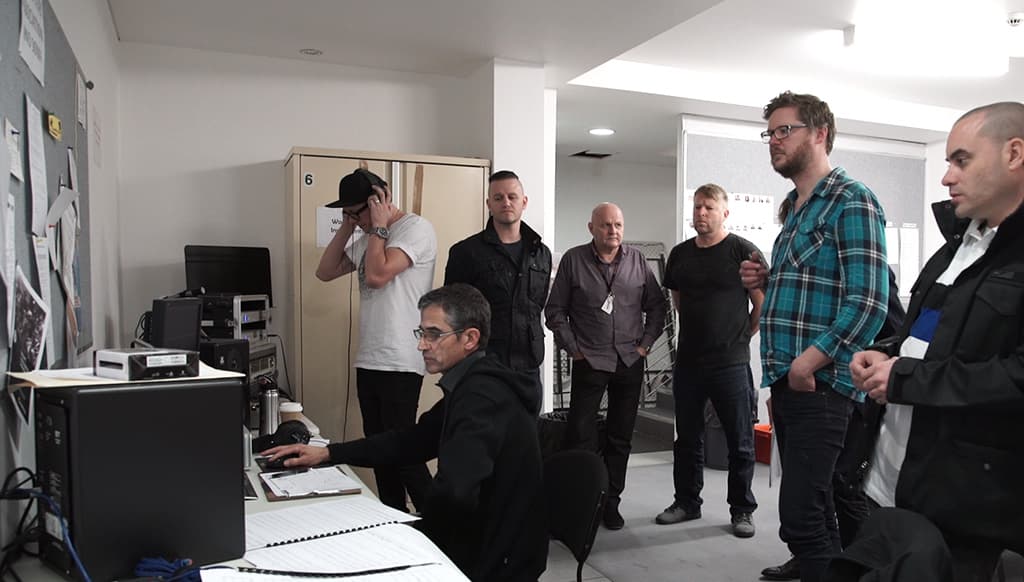
CLICKING INTO THE GROOVE
Before anything can be recorded, Messenger has to compose the arrangements. “We went in with the attitude of not simply adding an orchestra to an old song,” said Debris. “We wanted to take the songs somewhere new and for it to be consistent across the two albums.” Debris broke down each of the songs into somewhere between five to eight stems, allowing Messenger to pull out conflicting parts or replace them with orchestral score. “We just go back and forth if he needs anything else,” said Debris. “Like a tambourine removed from the drum stem. For me, the hardest part of the process was listening to Sibelius’ Casio keyboarding-sounding General MIDI implementation of virtual instruments. It made it hard to envision the end product.”
Hip hop is dead in the water without groove, but coordinating an extra 40 players so they interpret a song’s groove can be elusive. Do you send the orchestra a click, a beat, or nothing at all and just let the conductor take the lead? Even after this session, the Hoods didn’t feel as though they nailed it.
Debris: “One of the things we said we weren’t going to do, but did, was record them to click track. Everybody interprets a click differently, whether they play in front of it or behind it.
“Hip hop generally has a laggy swagger to it. On a lot of the tracks I had to move the entire orchestra to the right by eight or nine milliseconds to get them into the groove. Then there are tracks where we have a late kick drum and every third snare is staggered. Even though we tempo mapped the click track, it didn’t quite capture that feel, so we had to go in and flex edit those tracks. It got to the point of blisters on the mouse hand; we even brought in our friend and producer, One Above, to help. The ASO nailed what they had to play to, it’s just that we had to mould it to the syncopation of our beat.
“I spent a good three or four days preparing for the recording. I ended up folding the mix, minus vocals, into the left channel in mono with the click on the right. That way, on the day we could have the balance of choosing between the two. We ended up giving the conductor a mix of both, but the orchestra got the click. They had no idea what they were playing to a lot of the time, which has its pro and cons. It can be good because they’re not interpreting how they swing to it. If I had to do it again, it would at least be to the rhythm of the sampled drum.”
That’s the rule of mixing. Every action has a reaction, but it’s tenfold when you mix two genres that are foreign to each other

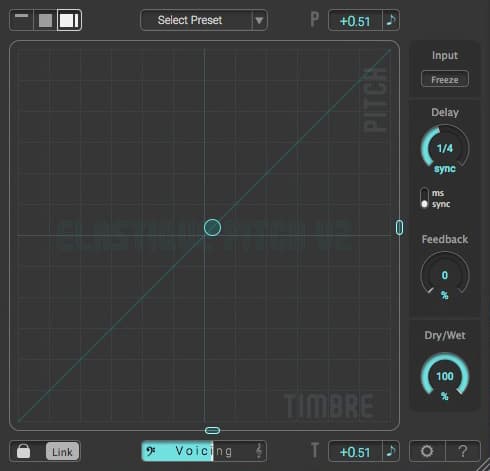
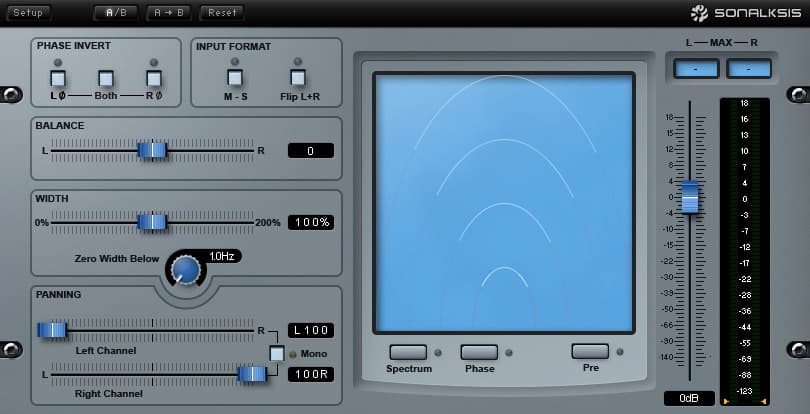

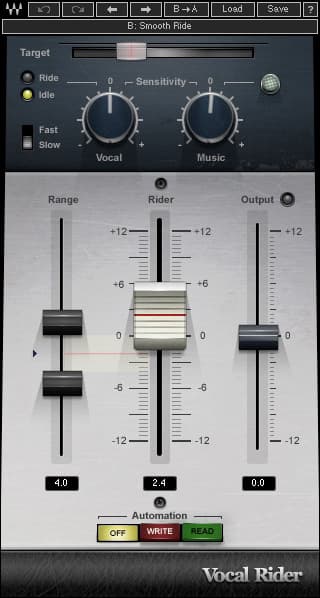
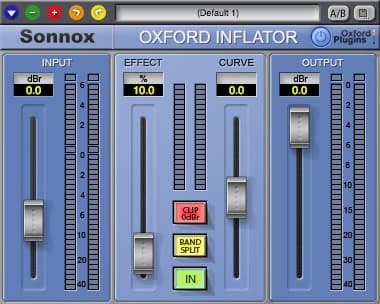
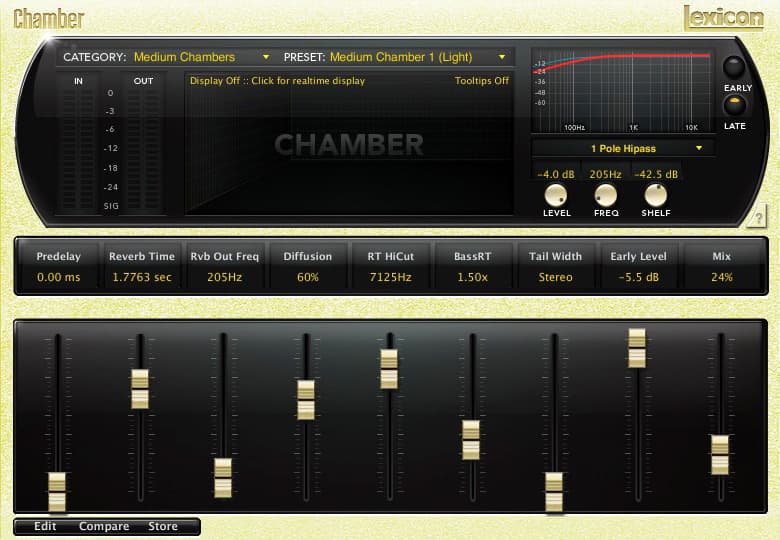
MAKING ROOM
Flex editing the orchestra into the groove required a lot of grunt work, but once everything was in time Debris still had to work out how to mix 40 new stems into sessions that were already up around 120 tracks.
“The struggle with hip hop is there’s not much room,” said Debris. “Every snare hits at basically the same volume. We don’t limit it, but there’s already a very full mix and you’re trying to introduce something that goes from quiet and dynamic to super loud. Trying to find a middle ground where that fits into a mix is difficult. When you turn one element up it causes a reaction; you turn the violin section up and the vocals disappear, turn the bassline up and the whole mix seems muddy. That’s the rule of mixing. Every action has a reaction, but it’s tenfold when you mix two genres that are foreign to each other.
“We tried to set up a general starting template with buses and plug-ins. However, it’s really hard to find a middle ground that covers something as dynamic as an orchestra — some tracks have longer melancholy notes and others more pizzicato stabby parts — I had to revisit it several times.
“I had separate EQs and automation on each channel, but most of the general reverb and compression was done at the master bus. We changed the reverb halfway in from a Space Designer convolution reverb to a Lexicon. It’s amazing how much one parameter on a master bus of an orchestra can change how everything sits. There were also occasions when I wanted a crescendo to punch through the mix, but as I turned it up the compressor on the bus was catching it. In that case, I had a mirrored bus with a higher threshold. I always learn as I go.
“Neville was a huge help in getting on the right path, because he’s recorded and mixed a number of orchestra sessions. Because he’s such a kind man I had to tell him to be brutally honest and tell me what he would do better. Those things you’re not really considering when you’re struggling for breath under hundreds of stems, like EQ on the reverb.
“Initially, I just had a flat convolution verb. He sent through an example that had a great space about it. We actually had a similar reverb applied, with the same pre-delay settings, but mine was sounding muddy. As soon as I pulled out that 200-240Hz wool it opened up the whole mix. It’s always stuff I learnt 20 years ago at SAE that I conveniently forget.
“I tried to avoid compression where possible, just because it brings up the noise floor. Amazing things happen in an orchestra. When you listen to every stem you can hear all the footsteps and every breath and sniffle. All that stuff gets hidden when you play it as a whole, but when you start compressing it comes up through the floor.
“I ended up using the Waves Vocal Rider plug-in to automatically manage the automation of the main orchestra bus. It’s not ideal because it’s geared towards vocals, but I couldn’t find another plug-in that could do that. I had it on a very slow response to contain things like the RMS volume of slowly rising crescendos. I tried that approach instead of whacking a compressor on it when it gets loud.
“The choice of compressor is important too. You don’t want to dirty up the sound with a PSP Vintage Warmer when you’ve got an amazing orchestra playing perfectly miked, 100-year old instruments. It’s a balance between maintaining the integrity of the sound and leaving the dynamics, but also having enough volume to compete with a brickwall of a track that already exists.”
YOU’VE STILL GOT MAIL
Debris’ approach to the email problem didn’t exactly pan out. “There were orders of magnitude more emails going back and forth,” he said. “I was surprised we didn’t shut down Gmail’s servers! We were keeping one song to one thread, and one of them got to 200 entries before we even got to the mix. It’s a lot to wade through. It’s good to have other people’s feedback; because it’s easy to get yourself locked in a cage and lose perspective on what you’re doing. Long story short, I think we could do this another 10 times and learn a lot each time.”
I’m sure if we check back in during the next ‘restrung’ album, Debris will be clipping on DPA mics to violins and commandeering the recording. After all, there’s always something new to learn.






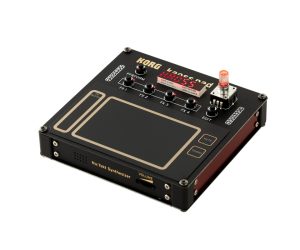
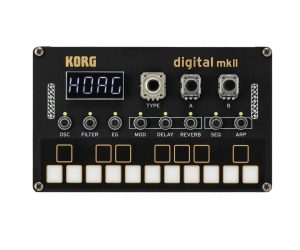


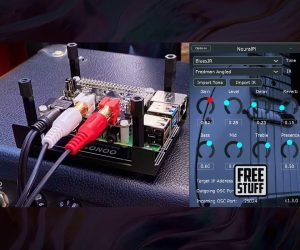


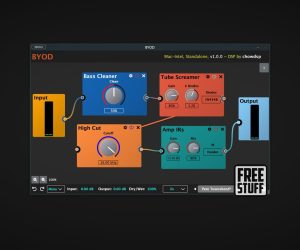


RESPONSES